The village where nearly everyone is related - but didn't know it
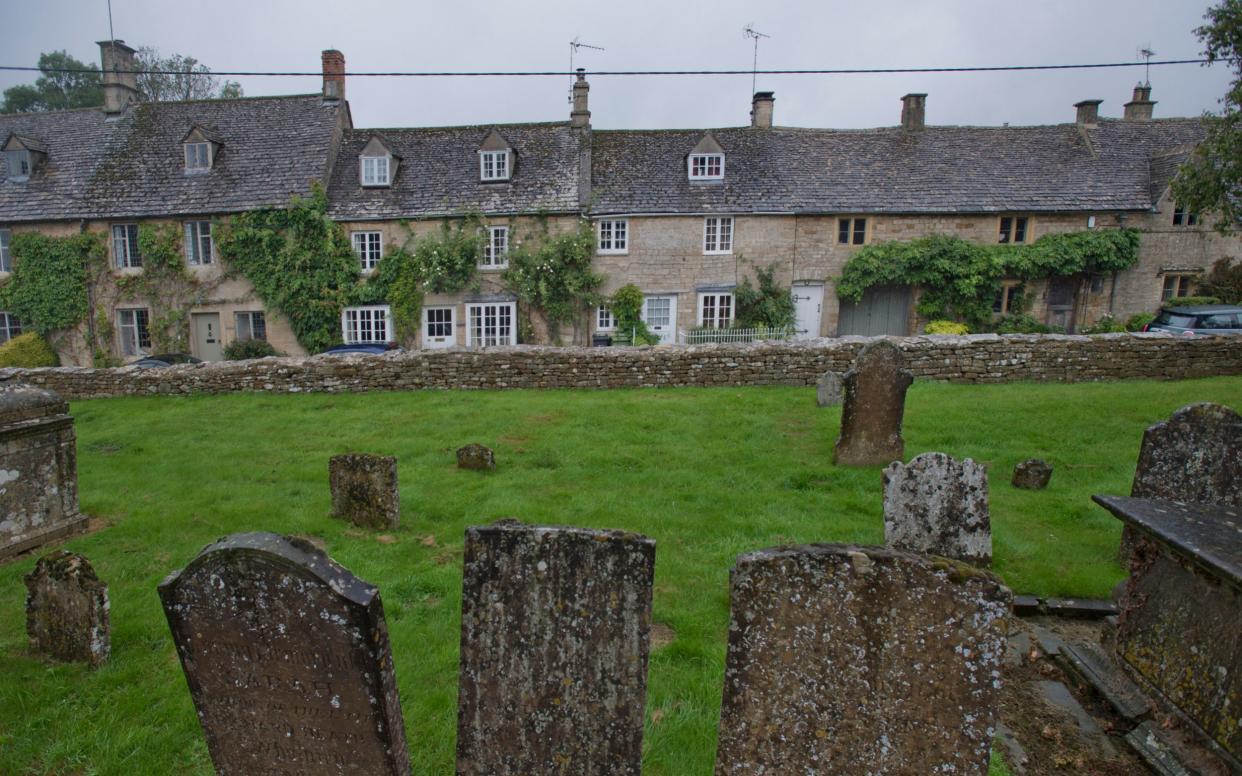
In the backroom of the King’s Head Inn, Graham Harris takes a sip of his half pint of bitter and contemplates the woman in the chair next to him.
Over the past three decades that he has been living in the picturesque Cotswolds village of Bledington, Gloria Warren has always been his friend and neighbour. But recently they have discovered they share something altogether closer.
“I suppose we’ve always had an inkling,” the 88-year-old retired electrician, who is dressed in a smart tweed blazer, says. “And now we know - we are family.”
“Don’t be expecting any extra Christmas cards,” Gloria shoots back across the table. “We are trying to cut down on those.”
It may only be August but such concerns are suddenly at the forefront of people’s minds in this village of some 400 or so residents, where a recent social experiment has produced some rather remarkable results.

At the start of the year Bledington was approached to take part in a village-wide DNA study – believed to be the first of its kind ever conducted in Britain. Researchers from the website AncestryDNA collected saliva samples from some 120 people and sent them off for laboratory tests.
The results, which have been publicly revealed this week, found that 61 of those villagers tested had a previously unknown genetic link to one of their neighbours. Russell James, a DNA expert for the company, has described the results of the study as hugely exciting.
“To have this many connections in a small community is extraordinary and shows the potential of what we could find across the country,” he says. “I would say people’s reactions tell you how surprising it has been.”
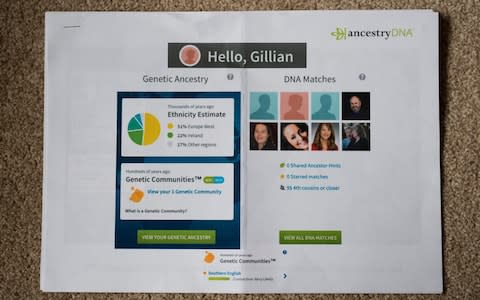
Those behind the study say that Bledington was selected especially for its beauty and social cohesion. Situated near the Gloucestershire border between Stow-on-the-Wold and Chipping Norton, it centres around an expansive green, pub, beck and St Leonard’s Church, which dates from 1170 and is constructed from honey-coloured Cotswold stone.
There is a village hall run by an active committee of volunteers, annual fete, history society, oil-buying collective (to more cheaply heat people’s Agas) and care group to help elderly residents meet medical appointments. Others play an active role in monitoring speed limits on the main street.
Unlike Chipping Norton - famous for celebrity residents including David and Samantha Cameron, and Jeremy Clarkson - it is still home to many of the old families who lived here when it was primarily an agricultural village surrounded by crop fields and pasture. According to records from 1327, tax inspectors counted just 18 residents worthy of paying subsidy and by 1911 its population peaked at 401.
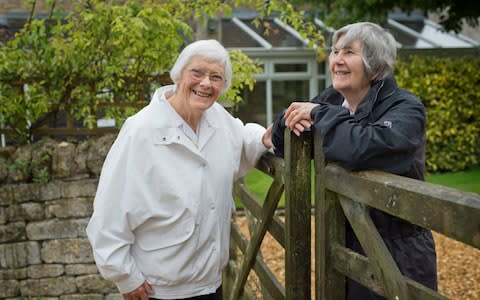
The age range of those who took part in the DNA testing spanned from 19 to 93 – the eldest being local historian Sylvia Reeves who, in the process, discovered she was a distant cousin of parish council member Steve Tyack.
Inevitably, there was some suspicion among villagers over what their DNA would be used for and many declined to be involved. But the research has not identified the exact names of shared ancestors, only that there is a genetic match – although many now want to explore those family ties further themselves. Mostly, though, the overriding feeling is one of widespread astonishment - not least because many of those who have discovered they are related bear little physical resemblance.
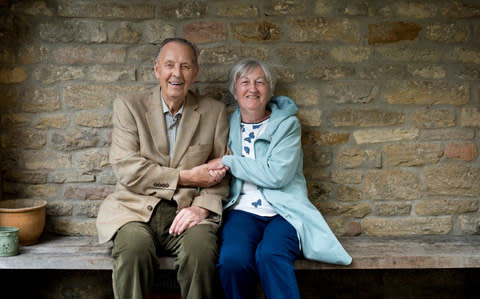
Gloria, who is 74, moved here 49 years ago after marrying her husband Peter but grew up in the neighbouring village of Icomb. Not only has she learnt that Graham is her third cousin (meaning they share an ancestor four generations back), but her daughter Tina - who works in the village pub - discovered that she is genetically related to another old family name in the village, the Pearsons.
“I suppose it’s because we haven’t travelled very far,” says Gloria. “My husband and I met at school. He always said going to the next door village of Kingham was like going on holiday. They never had transport and I suppose our jobs kept us round this area.”
The genetic crossover between families who have worked and lived on this lands for generations is, perhaps, to be expected. But another totally unexpected result thrown up by the tests is that even those who were born and raised elsewhere, and have latterly moved to Bledington, appear to share DNA with their neighbours.
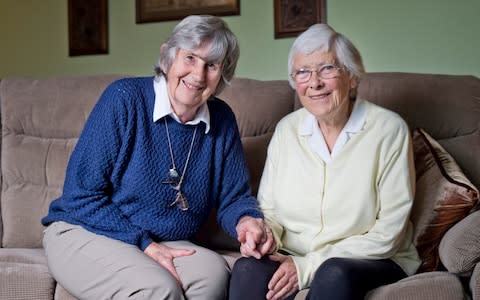
Sheila Truslove, an 89-year-old retired physiotherapist who was born in London and moved to Bledington by chance 62 years ago after discovering the village when she agreed to housesit for an acquaintance, has found out that she is in fact the fourth cousin of her friend Brenda Taylor – which means they shared an ancestor five generations back.
Sitting in the living room of Brenda’s 19th century cottage both women, who first met at the local branch of the Women’s Institute, admit they remain shocked by the fact they are related.
“I had an open mind about what I would find out but I never expected this,” Sheila says.
As well as delight, there is slight bafflement in the village at the results - genetics is a complex affair. Roughly we share 50 per cent of the DNA belonging to our parents, but the amount can vary in each individual. It has meant that biological siblings who took part in the study have discovered different relations to each other.

For example while Sheila and Brenda were found to be a genetic match, Sheila’s elder sister Gillian, 92, ended up being more closely matched with another neighbour – a retired teacher called Sophie Pringle – whom is supposedly her fourth cousin. They plan to celebrate soon with a strawberry tea.
“Some people were quite shocked but I was very happy, says 58-year-old Sophie. “It is quite odd because I live so close by, I can see her house from my bedroom. I do think it is just extraordinary that we are related and I have only just found out.”
She cannot explain what it was that drew and her family to move to Bledington from London two-and-a-half years ago. She has traced her family tree for several generations, but not as far back as the 200-odd years it would require to discover her and her neighbour’s shared ancestor.

Sophie admits the notion of some invisible thread pulling her and others unwittingly back to Bledington is an intriguing one - if perhaps a little far-fetched.
For long-term residents like Gloria, what this study also reflects is the cohesion of village life and the crossover between neighbour, friend and family. Sadly, she reflects, as second homeowners gobble up the surrounding villages it is something that may soon evaporate for good.
“A lot of places are being bought up as holiday cottages,” she says. “I do worry about what is going to happen to villages in the future - they could become completely different.”
For now, though, the residents of Bledington can enjoy relax in the knowledge that the most hackneyed of clichés is, for them, entirely accurate: village life really is like living among one big family.


